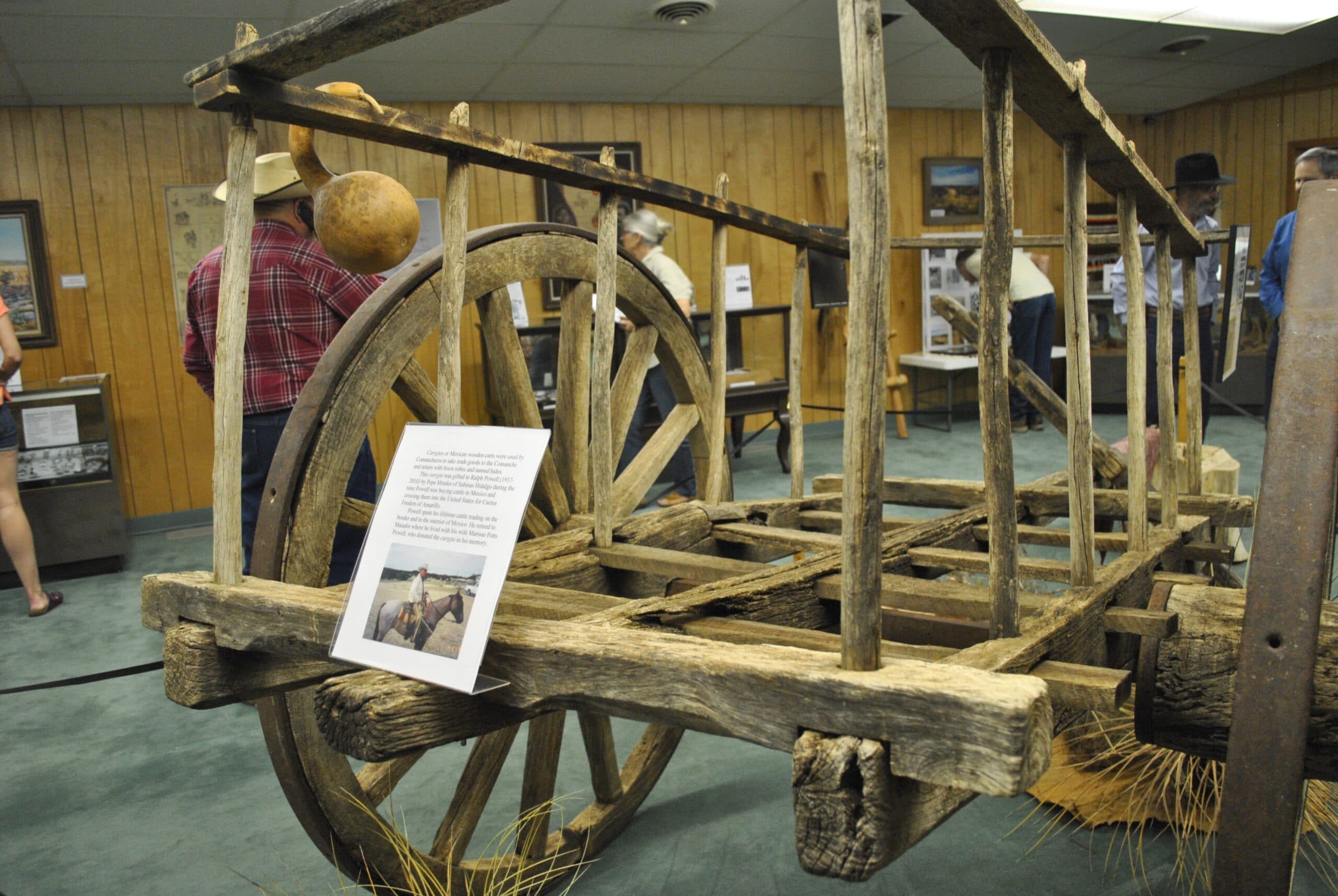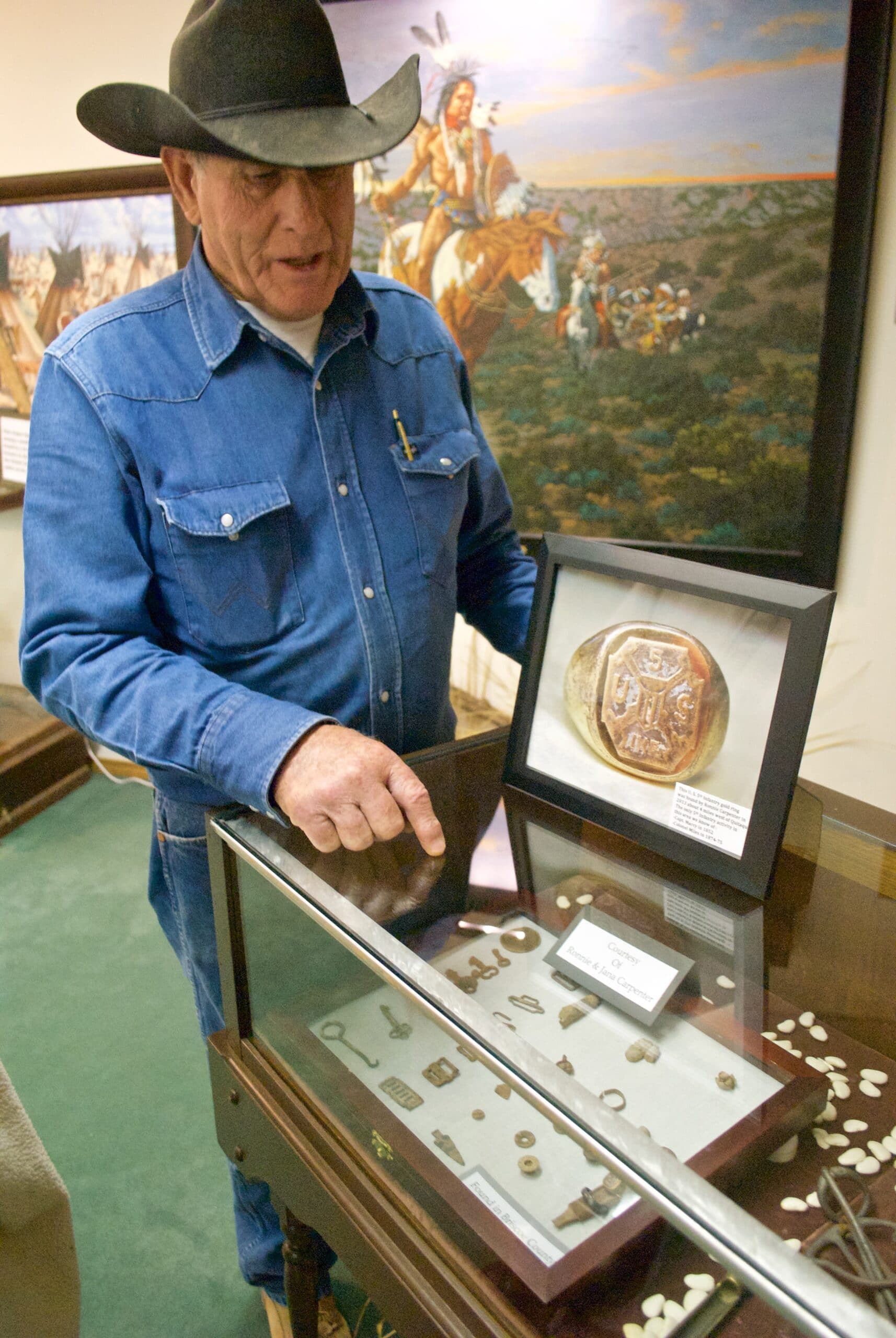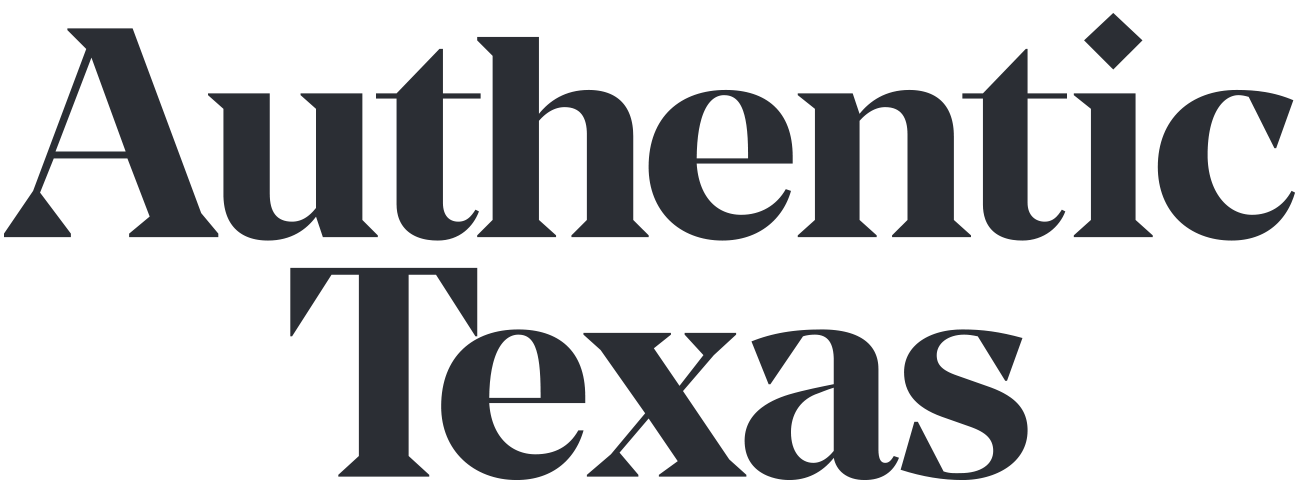COMANCHEROS!
The name elicits a sense of Old West Danger and adventure even today, but the popular image of gun-running renegades is more a product of late 20th-century fiction than reality. The word itself refers to the mestizo and Puebloan merchants of the Rio Grande Valley of Northern New Mexico, who once roamed the Llano Estacado in the search of trade with nomadic bands of Indians, most notably Kiowa and Comanche.
Although the early history of commerce between the buffalo-hunting Plains tribes and the more agrarian settlements of Nuevo Mexico has been lost, it had almost certainly existed for centuries.
Journals from Francisco Vázquez de Coronado’s expedition in search of the fabled Seven Cities of Gold mentions the trade as early as 1541: “[P]eople follow the cow [bison], hunting them and tanning the skins to take to the settlements in the winter to sell.”
It wasn’t until the singing of a peace treaty between the Spanish government and the Comanches in 1786 that these New Mexican merchants began to develop into a distinctive culture.
The comancheros flourished for nearly 90 years until the last band of Comanches surrendered to the United States Army at Fort Sill, Oklahoma, in 1875.
Comancheros often traveled great distances in search of customers. Nineteenth- century writings place them as far north as the Platte River, south to the Davis Mountains and east as far as the Wichita Mountains. But West Texas and the Caprock Canyons — including Briscoe, Floyd, Hall, Motley and Swisher counties — encompassed many of their favorite rendezvous points.
In its infancy, trade with the Plains tribes was characterized by small parties or family units venturing onto the plains with a few pack animals, carrying a meager supply of food, cloth and metal such as arrowheads. It wasn’t until the 1850s that the trade devel- oped enough to justify organized caravans regularly crossing the Llano Estacado with an ever-expanding selection of merchandise, the ungreased wooden axles of their lumber- ing carretas squealing loudly beneath drifting clouds of dust that could be seen for miles.

Although myth would have it that the comancheros dealt primarily in guns and whiskey, it appears the New Mexicans never had an abundance of firearms to offer. Instead, more common staples, such as bread, flour and corn meal, were extremely popular with the Indians, whose diet consisted largely of the meat of the bison.
Other products included sugar, leather items such as bridles and saddles, blankets, conchos, dried pumpkins, onions, tobacco and dry goods of fabric, needles and thread. In return, the New Mexicans received horses, mules, buffalo robes and dried meat. It was only toward the end that the image of the traders began to change.

By the late 1850s, Anglo advancement onto the plains was beginning to complicate an already complex relationship between the comancheros and the Comanches. In an effort to procure better trades with the New Mexicans, the Comanches began raiding settlements in East Texas and wagon trains along the Santa Fe Trail, stealing vast herds of cattle and horses, and, most notoriously, taking captives, generally women and children. Many of the hostages not killed or assimilated into the tribe wound up at comanchero trading sites, where they were offered for ransom to the New Mexicans. When a trader did free a captive, he expected to be reimbursed for the merchandise used in the barter.
This put the comancheros in a seemingly untenable position. Did they ignore the plight of East Texas settlers who, in all likelihood, would have suffered such raids and captures anyway? Or did they attempt to liberate what captives they could, freeing a few but at the same time creating a more lucrative market for the kidnappers?
Also, by the late 1850s, unscrupulous Anglo and Mexican traders, sometimes backed by businessmen from Santa Fe and other settlements along the Santa Fe Trail, began to appear on the Llano. Many of these individuals not only encouraged raiding by the Comanches but would also occasionally participate.
As time passed, so did the character of the comanchero. Whiskey became a more popular trade item for Indian plunder, and the situation only worsened with the advent of the Civil War and the withdrawal of U.S. troops from Texas and New Mexico. In time, firearms became as prevalent as hard bread and decorative silver, while the items sought in trade from the tribes increasingly became cattle and horses rather than buffalo robes and buckskins.
Such a trade couldn’t last forever, especially after the Civil War and the subsequent influx of Anglos from the battle-torn East. By the late 1860s, the military had returned to the frontier, and a push was made to stop the illicit trade for stolen cattle. Faced with relentless pursuit, the Comanches were finally forced onto reservations in Indian Territory, their defeat signaling an end to a partnership that had endured since before the time of Coronado.
Although comancheros continued to travel to the reservation to barter with the Comanches, decreasing profits and the rapid settlement of the plains soon put an end to their annual treks.
In 1880, the last comanchero party left the pueblo of Santo Domingo, traveling to Oklahoma, where the traders discovered the Plains tribes had been unable to procure any buffalo robes or meat during the preceding year.
After staying awhile to visit with old friends, the Santo Domingans quietly returned to their pueblo, marking an end to a way of life their ancestors had pursued for generations.
This article is copyright © 2015 by the Comanchero Canyons Museum and reprinted here with special permission.
Comanchero Canyons Museum
200 South 3rd Street
Quitaque, TX 79255
(806) 455-1588
comancherocanyonsmuseum.com
Saturdays 10 am-4 pm, and at other times upon request
Caprock Canyons State Park & Trailway
850 Caprock Canyon Park Road
Quitaque, TX 79255
(806) 455-1492
tpwd.texas.gov/state-parks/caprock-canyons
ON THE CALENDAR
Comanchero Rendezvous
Comanchero Canyons Museum, Quitaque
Sat., June 29, 2019
10 a.m.
Admission is free to this annual, family-friendly fundraising event for the Museum. Lunch begins at 11:00 a.m. and costs $8 per person. Visitors will be able to view the museum and watch outdoor demonstrations. Bring your artifacts — archaeologists will be on hand to help identify them.








